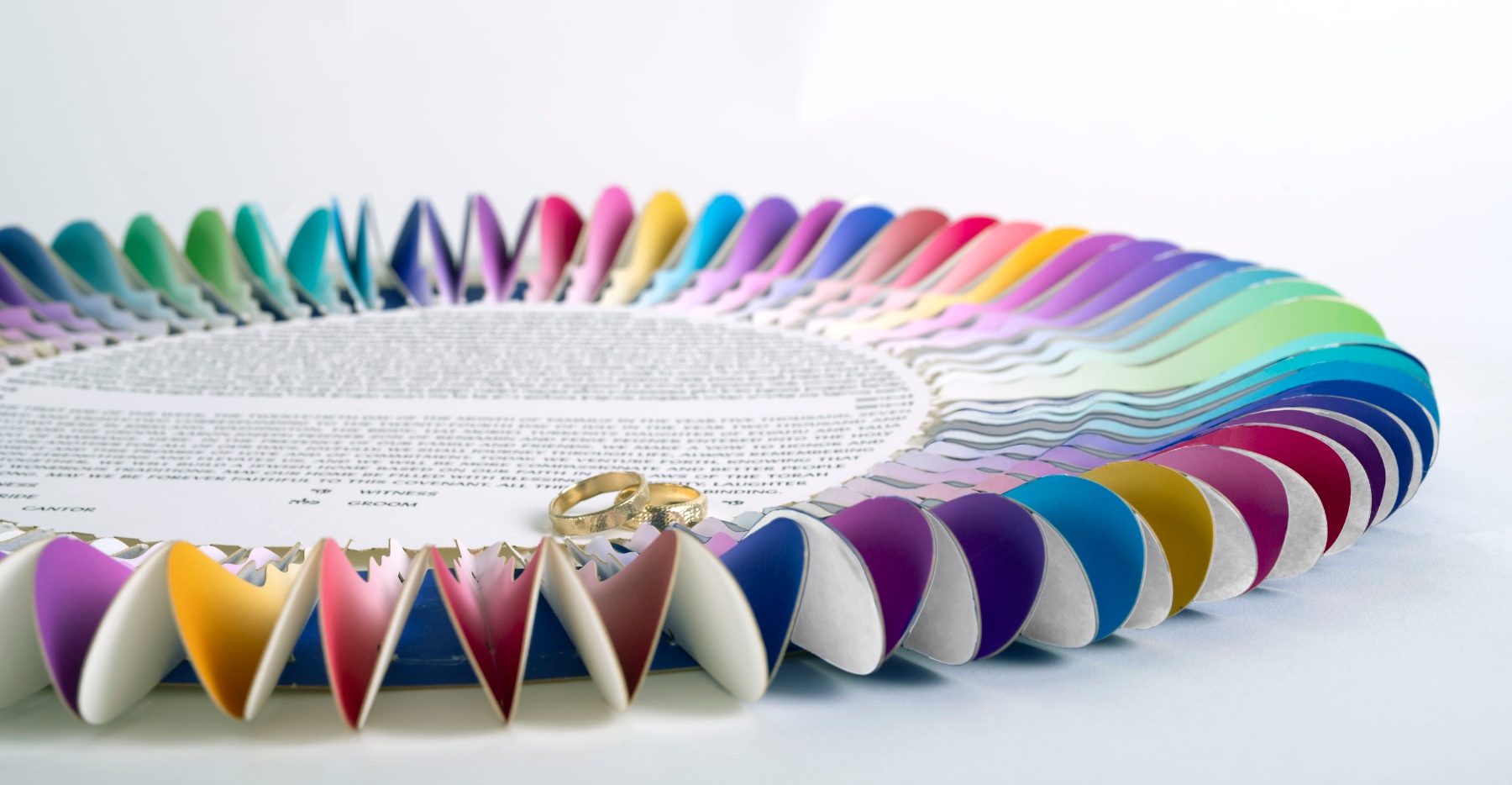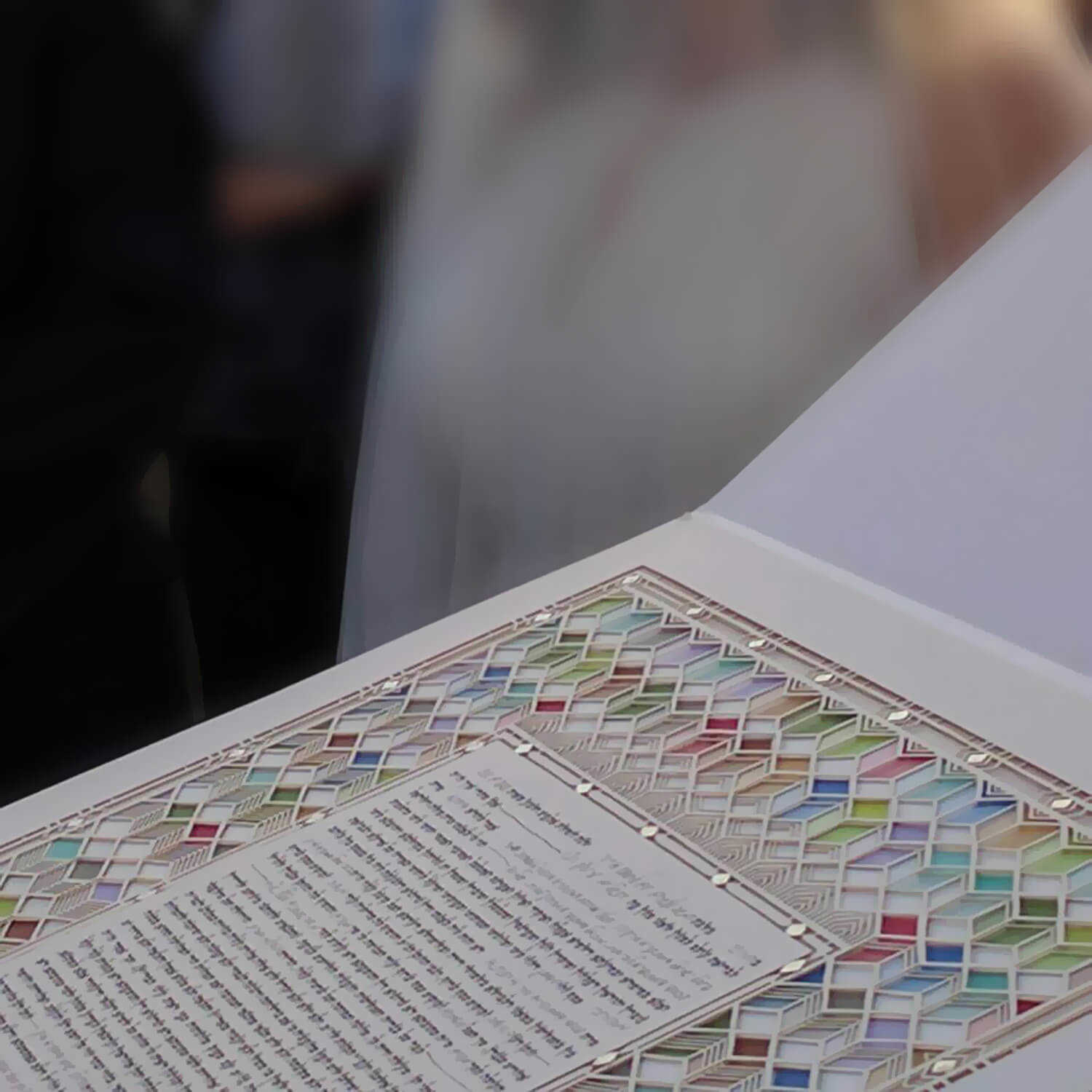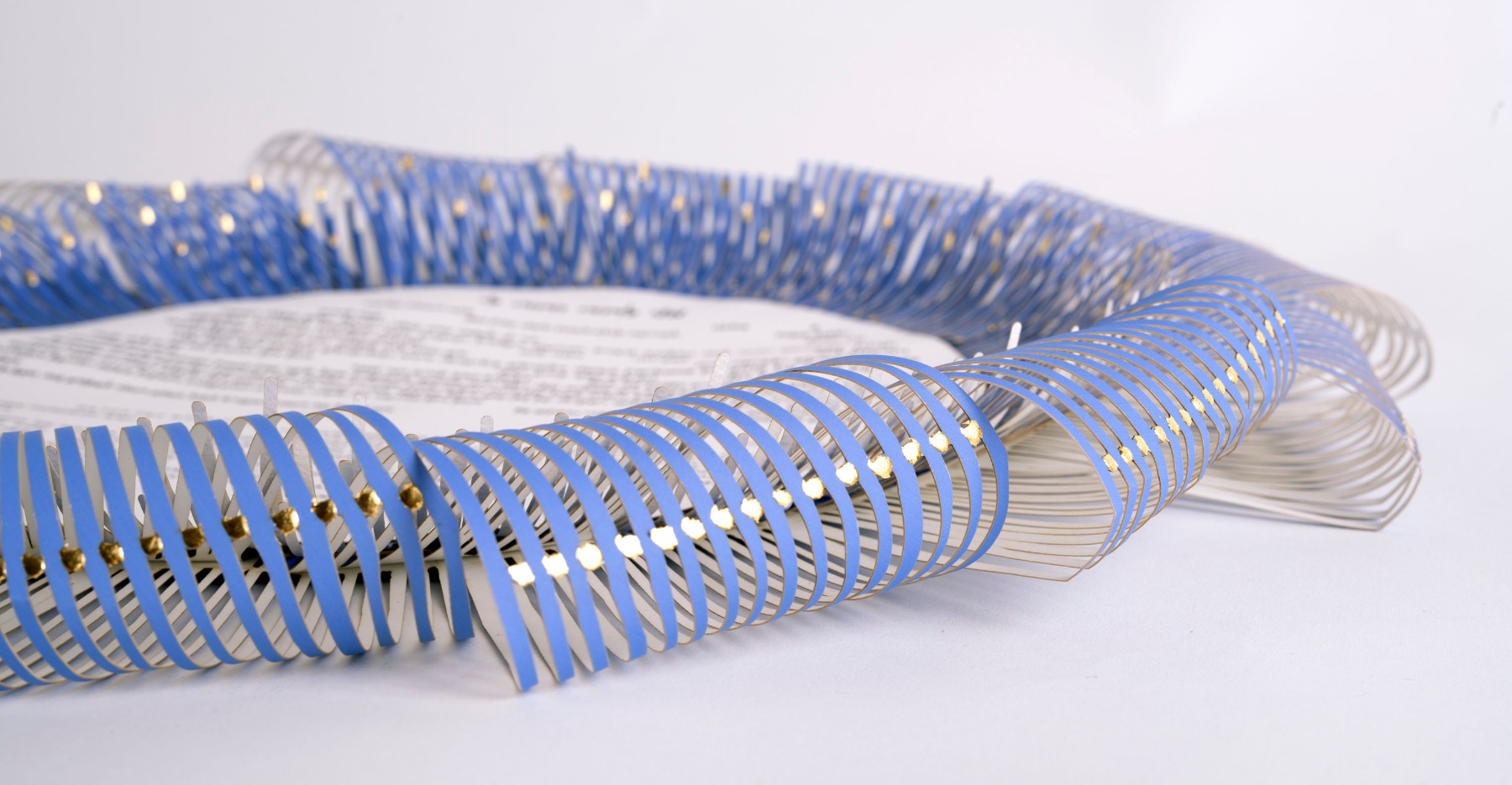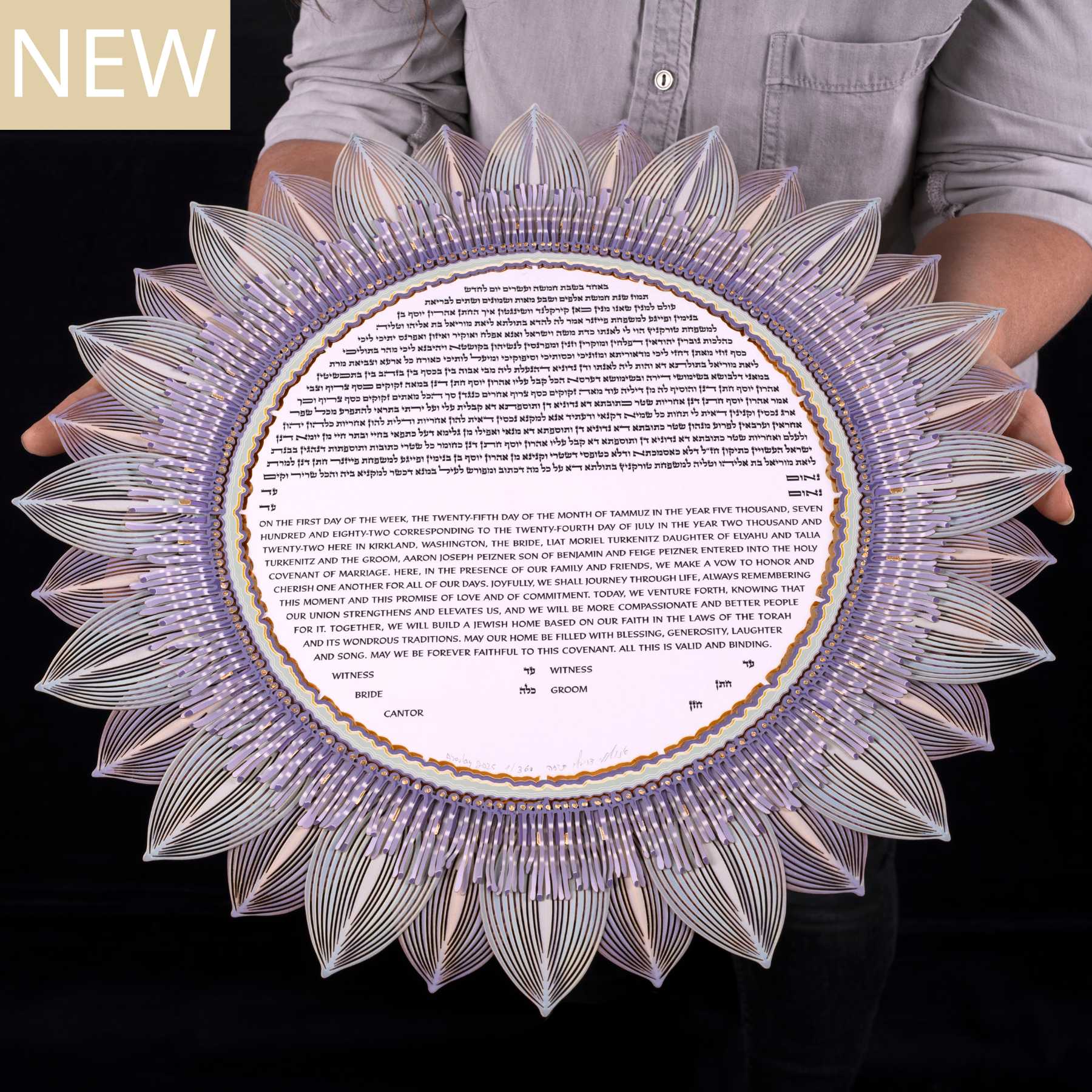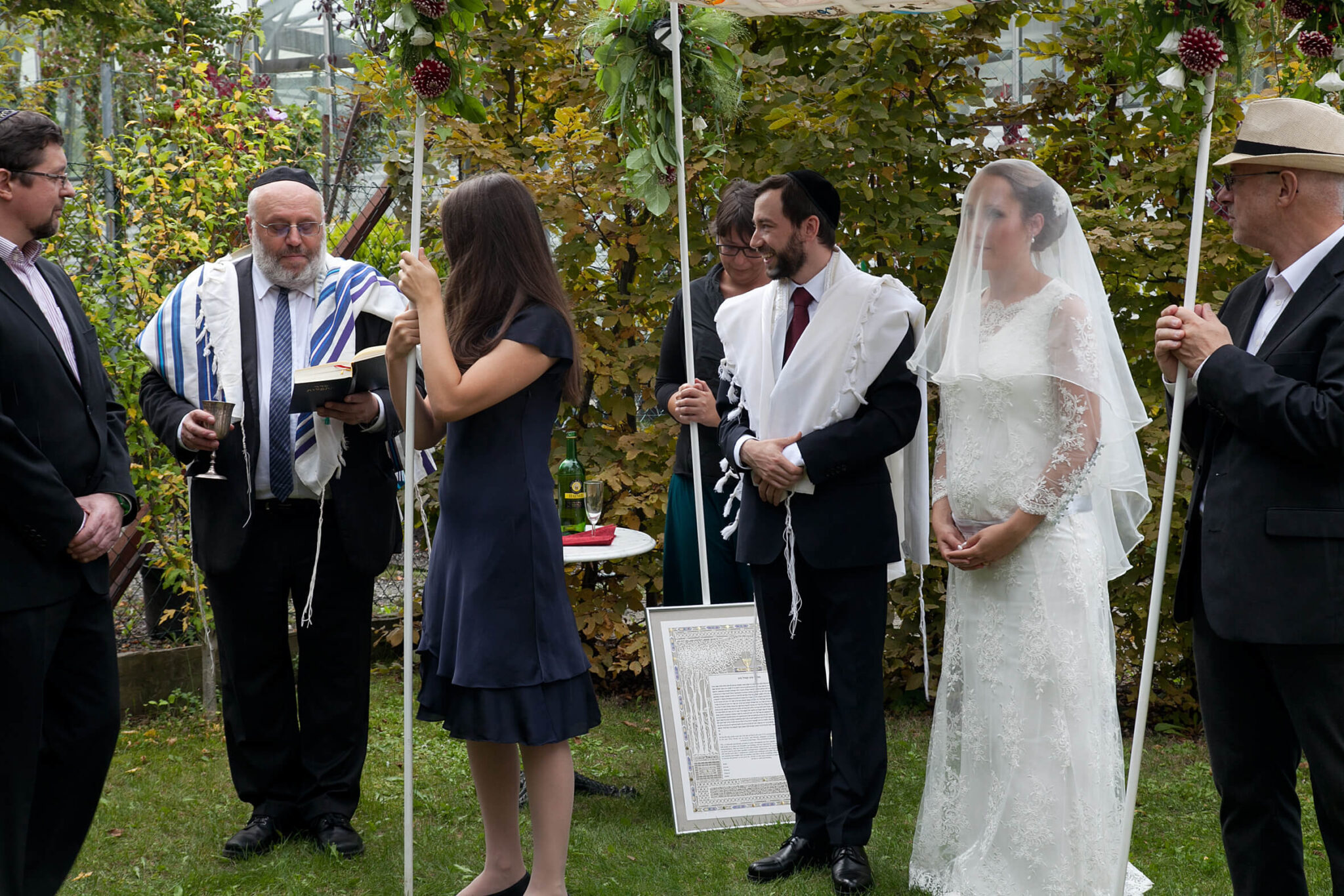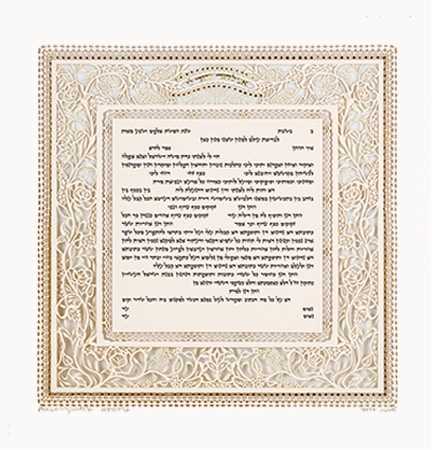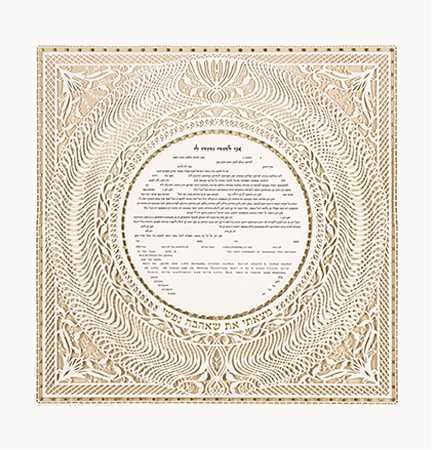Lasting Jewish Wedding Traditions and Origins
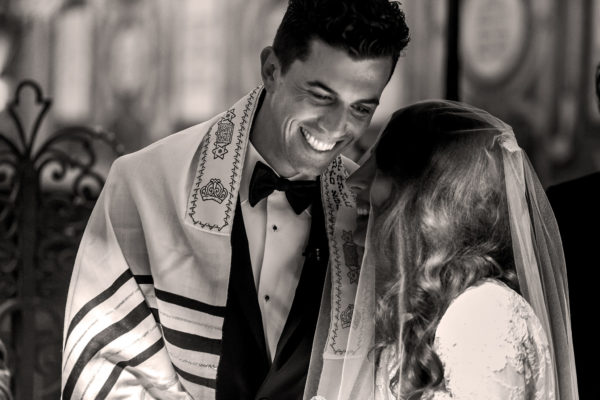
When a Jewish couple prepares for their Jewish wedding ceremony, whether Orthodox or Reform, several cultural Jewish wedding traditions continue to be observed before, during, and after the wedding day. Celebrating the marriage between a Jewish couple starts long before the actual wedding day and leads to a wedding rich in culture, history, and ceremony. Everything begins with an announcement of the intention of marriage and finishes up to several days after the wedding party.
For Jewish couples beginning their journey to the altar, it is worthwhile to understand fully the number of ceremonial traditions that the Jewish wedding encompasses. Some modern couples choose a more contemporary or Jewish Reform ceremony that emphasizes equality and inclusivity over more conventional customs. However, there remains adherence to several traditions present in all Jewish weddings that reflect the historical significance and commitment to the Jewish faith and belief in the sanctity of the Jewish marriage. The nature of a Jewish wedding ceremony follows a basic outline yet can be enhanced and personalized to the couple.
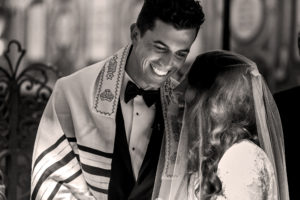
bedeken jewish wedding
Jewish Wedding – Before the Wedding Day
Among the many wedding day decisions to make, such as location, venue, guest list, and timeline of events, perhaps the most important task is choosing the design of the Ketubah or Jewish marriage contract.
1. Choosing the Ketubah
While there are pre-manufactured templates available online and in many Jewish wedding supply stores, for those couples who want a more personalized and artistic Ketubah, it is essential to allocate the amount of time needed to ensure its arrival before the ceremony.
Papercut Ketubahs, custom designs, handwritten text, and decisions about color schemes and themes are all considerations when selecting the Ketubah that speaks to you. Danny Azoulay is an award-winning and internationally respected Ketubah fine artist and master in papercutting. His unique and stunningly beautiful designs speak to the heart and soul of a Jewish couple’s devotion and are created to fit most budgets.
2. Aufruf and Tenaim
There are a couple of customary rituals that herald the upcoming marriage of a Jewish couple. Kicking off the journey is the betrothal ceremony where the tenaim is read, a document that outlines the couple’s commitment to each other and their terms of marriage. Afterward, a dish is shattered to seal the deal.
Closer to the wedding day is the Aufruf, a Yiddish word meaning ‘to call up.’ The bride and groom are called up to the Torah on the Sunday before the wedding, where they recite the Aliyah, a blessing. Following the Aliyah, the Rabbi will then also offer up a Misheberach, or blessing, during which congregation members will then shower the couple with candies, symbolizing a sweet life spent together. At this ceremony, spiritual preparation through the mikveh, or ritual pool, may be performed by the bride, and today many grooms are sharing in this custom.
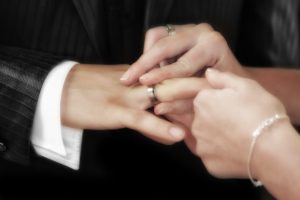
Jewish Wedding – Jewish interfaith wedding
On the Day of Ceremony
1. Ketubah Signing
Before the marriage ceremony, the Ketubah is signed by witnesses and, optionally, the bridal couple and Rabbi. A civil Jewish marriage contract outlining the protections and commitments of the groom to his bride (traditional) or the outline of the couple’s commitment to each other (modern), the Ketubah is placed on display, to be read aloud by the Rabbi between the two parts of the wedding ceremony. Following the signing, the groom covers his bride’s face with her veil, known as a Bedeken ceremony, to symbolize the groom is marrying the right woman.
2. Processional
Jewish wedding ceremonies begin with the groom’s parents walking him down the aisle to the chuppah, with the bride and her parents following. In traditional ceremonies, both sets of parents remain with the bridal couple under the chuppah.
3. Chuppah
Jewish wedding ceremonies take place under the four corners and covered roof of the chuppah, which symbolizes the life and home that the couple will build together. Friends or family may support the chuppah during the vows depending on the ceremony. It can be decorated with flowers and may use a prayer shawl, or tallit, as the canopy.
4. Circling
Brides circle their groom several times under the chuppah to symbolize a new family or protection from harm and temptation. This Ashkenazi tradition may or may not be used in modern weddings.
5. Erusin, Kiddushin, or Betrothal Ceremony
The marriage ceremony always takes place under a marriage canopy called the huppah or chuppah. The first part of the ceremony traditionally consists of two blessings, the exchange of rings and a recitation by the groom consecrating the couple’s marriage according to the laws of Moses and Israel.
After the betrothal part of the ceremony, the Ketubah is presented and read by the Rabbi.
6. Nissuin and Sheva Berakhot, or B’rachot
The second part of the ceremony is considered the actual marriage between the couple, called the Nissuin, and involves the recitation of the Sheva Berakhot, or seven blessings that constitute the aspects of Jewish marriage. These blessings are ancient teachings and are usually read in English and Hebrew, meaning love, celebration, and joy.
7. Glass shattering
After the Nissuin, the groom or couple closes the ceremony by shattering a glass. Originally in commemoration of the destruction of King Solomon’s Temple in Jerusalem by Babylon’s King Nebuchadnezzar in 586 BC, today’s couples also shatter the glass to demonstrate the duality of sorrow and joy symbolism reflecting the finality of the Jewish marital covenant. The guests usually break out into shouts of Mazel Tov to congratulate the couple.
8. Yichud, Hora and Mezinke
Following the ceremony, couples go somewhere private for several minutes, known as Yichud, to reflect on their new life together. In some cases, they may also follow customs and share their first ‘meal’ together during this time, ranging from cookies to golden soup.
Hora is the celebratory dance where guests gather in a circle while the newlyweds are lifted into the air on chairs. The unique dance called Mezinke is reserved for the last child wed in a family and is danced by the parents.
Every ceremony leading up to and during the marriage of a Jewish couple speaks to the love and commitment of the bride and groom for each other under Jewish law and tradition. These customs have lasted throughout the centuries and remain as the building blocks of Jewish marriage, witnessed, and sanctified by the civil Jewish marriage contract, the Ketubah.
Ketubot are a lasting symbol of the vows and promises made to the bride or, in the case of modern Jewish weddings, by the couple to each other. For many, this document is treasured as a family heirloom and kept on display throughout their married life together. For visionary, artistic, and symbolic Ketubahs, visit ketubahazoulayart.com.


